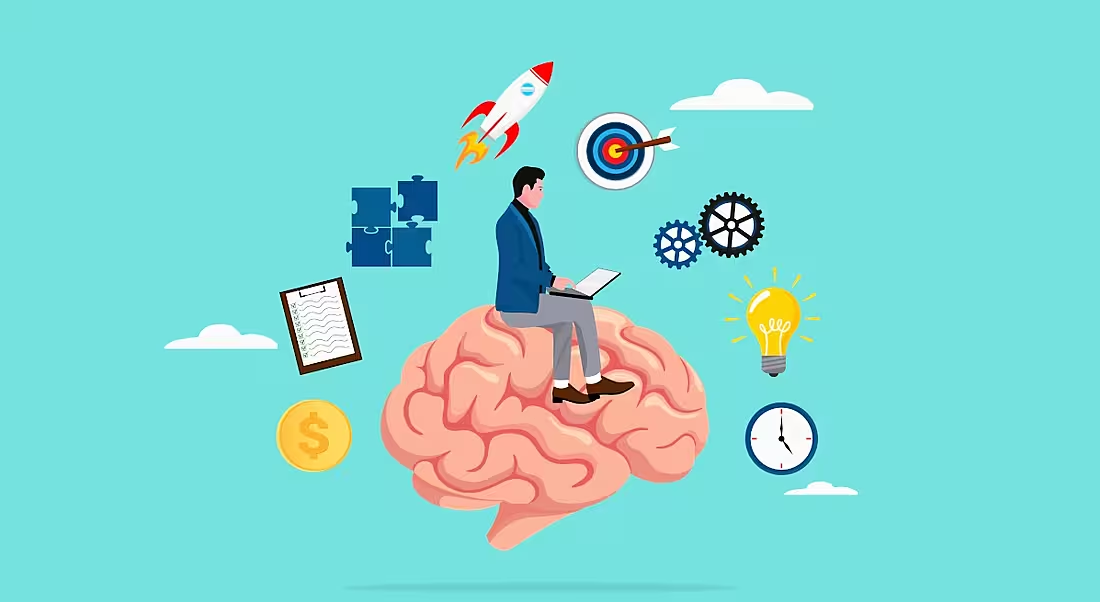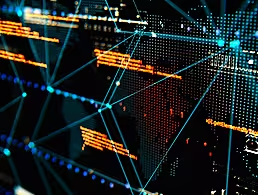BearingPoint’s Sohini De discusses the importance of collaboration between industry and academia to ensure we have the skills we need in the future.
With workplaces becoming increasingly augmented through digital and data technologies, there is an increasingly symbiotic relationship between technology and ways of working. This is driving the demand for adaptable skills within the workforce.
Generative AI, robotics and quantum computing are not merely buzzwords; they represent the forefront of change and require a new set of competencies essential for success today. These skills must also address global challenges, and educational institutions and workplaces need to collaborate to ensure that the workforce of the future is equipped to navigate the ‘new world’ landscape.
The landscape of emerging skills
In May 2023, the World Economic Forum (WEF) published its Future of Jobs Report, comparing the essential skills of 2023 with the required skills of the 2027 workforce. Beyond top-ranked cognitive abilities, two skills that companies now prioritise are ‘AI and big data’ and ‘leadership and social influence.’
Additionally, businesses emphasise design and user experience (UX), as strategically important skills along with environmental stewardship, marketing, media and network cybersecurity.
Mastering technologies like AI and generative AI demands both technical skills, such as programming and machine learning, and soft skills such as creativity and critical thinking. These technologies, combined with design and UX skills, enhance business models by boosting organisation’s product and service adoption. Organisations that co-create innovative solutions meeting customer needs are more successful. However, without a focus on design and UX, the potential of these technologies may go unrealised.
Effective adoption also demands change management, which includes clear communication, stakeholder engagement, resistance management, highlighting the need for organisations to develop these essential skills within their workforce.
The same WEF report estimates that six in 10 workers will require training before 2027, but only half of today’s workforce has adequate access to training opportunities.
Although companies express confidence in developing their existing workforce, they are less optimistic about the talent availability over the next five years. Therefore, collaboration between educators and workplaces is critical in building new talent and continuously upgrading the skills gap of the existing workforce.
Role of organisations
Companies are increasingly recognising the importance of investing in employee training and development programmes to upskill their workforce. By fostering a culture of continuous and peer to peer learning, businesses can remain competitive while helping employees adapt to changing roles. For organisations, the key areas of focus are:
All employees should be encouraged and empowered to innovate, as change will be continuous and technology will evolve. Those most directly involved in doing the work, will be best placed to see the issues that need to be addressed and understand how processes and systems impact customer and employee experience.
Research on human resource management shows that enabling employees to contribute to organisational decision-making brings numerous benefits, including increased engagement, innovation and productivity. Allowing space and time to collaborate and envision new ways of working, leveraging emerging technologies, will deliver longer term benefits for all.
As these technologies become integral to the workplace, techniques and tools need to be developed to make employees comfortable working with AI, making their day-to-day work easier, more efficient and enjoyable.
Dublin’s Mater Misericordiae Hospital is a great example, bringing in AI tools where needed and making it part of established processes. It implemented an AI-assisted software in 2023 to diagnose pathologies from CT scans.
As per the hospital, the AI continuously runs during imaging, rapidly flagging anomalies with more than 90pc accuracy. This speeds up diagnoses and reduces turnaround times, allowing radiologists to prioritise, verify results & decide further course of action.
This technology is designed to augment the capabilities of radiologists rather than replace them. The hospital plans to deploy more AI tools to reduce patient waiting times and free up valuable time for healthcare staff.
New technologies and evolving work practices will shift focus of employees’ roles while introducing new challenges. Critical thinking becomes essential for successfully blending new roles with new technology adoption. It allows individuals to assess information, identify biases and make informed decisions, ensuring ethical and effective application.
By evaluating the implications of technological choices and anticipating challenges, critical thinking prevents blind acceptance of solutions. This skill also fosters innovation by encouraging questioning of assumptions and exploring alternative approaches.
Role of educators
The future of work will require a workforce with an entrepreneurial mindset, characterised by proactive, innovative and resilient approaches to problem-solving, calculated risk-taking and learning from failures to drive growth and success. Curricula should blend technical skills with soft skills, fostering an environment to support development of this entrepreneurial mindset.
The WEF highlights social influence as a vital skill. Those who build strategic relationships within business ecosystems, play key roles in the world’s leading companies. Success often hinges on nurturing these connections.
In their undergraduate level, University of Galway offers a unique module called ‘Fail better: Taking risks and developing resilience through circus’. Through developing skills in juggling and tightrope walking, this course challenges students in a fun way to step outside their comfort zones, embracing failure and learning from it.
Students develop resilience, quick thinking, continuous learning and adaptability; qualities vital in today’s fast-paced business environment. This innovative approach exemplifies how creative teaching methods can develop crucial business skills.
Interdisciplinary education is essential, as creativity thrives at the intersection of different fields. Programs combining technology, humanities, and social sciences better equip students to develop businesses providing customer centric, innovative solutions developed through responsible and thoughtful use of technology.
Awareness of environmental impact and ethical behaviour is increasingly critical. It is incumbent on all organisations to consider the wider environmental and social impact of their actions in all markets for business success.
As a result, individuals who grasp the technical, environmental and societal implications of technologies like generative AI can create more ethical and impactful solutions.
Collaboration between educators and industries
Collaboration between educational institutions and the industry is vital for aligning curricula with industry needs. Initiatives like internships and apprenticeships provide students with practical experience while ensuring businesses have access to emerging talent.
Integrating emerging technologies into educational curriculum in a practical way, for both students and professionals engaging in continuous professional development (CPD), will empower the future workforce to be curious and more open to adopting these technologies, making future change management more conducive.
As new technologies like generative AI evolve, the future workforce must adopt a diverse set of emerging skills, blending technical expertise with crucial soft skills. Educators and employers have a role when it comes to supporting these learning conclusions.
Employees also need to embrace peer-to-peer learning and reflections, which in turn will enhance growth mindset and internal innovation. By fostering continuous learning, entrepreneurial mindset and curiosity, we can build a workforce ready to meet the demands of a rapidly advancing technological landscape.
By Sohini De
Sohini De is the head of healthcare and innovation at BearingPoint.
Don’t miss out on the knowledge you need to succeed. Sign up for the Daily Brief, Silicon Republic’s digest of need-to-know sci-tech news.




